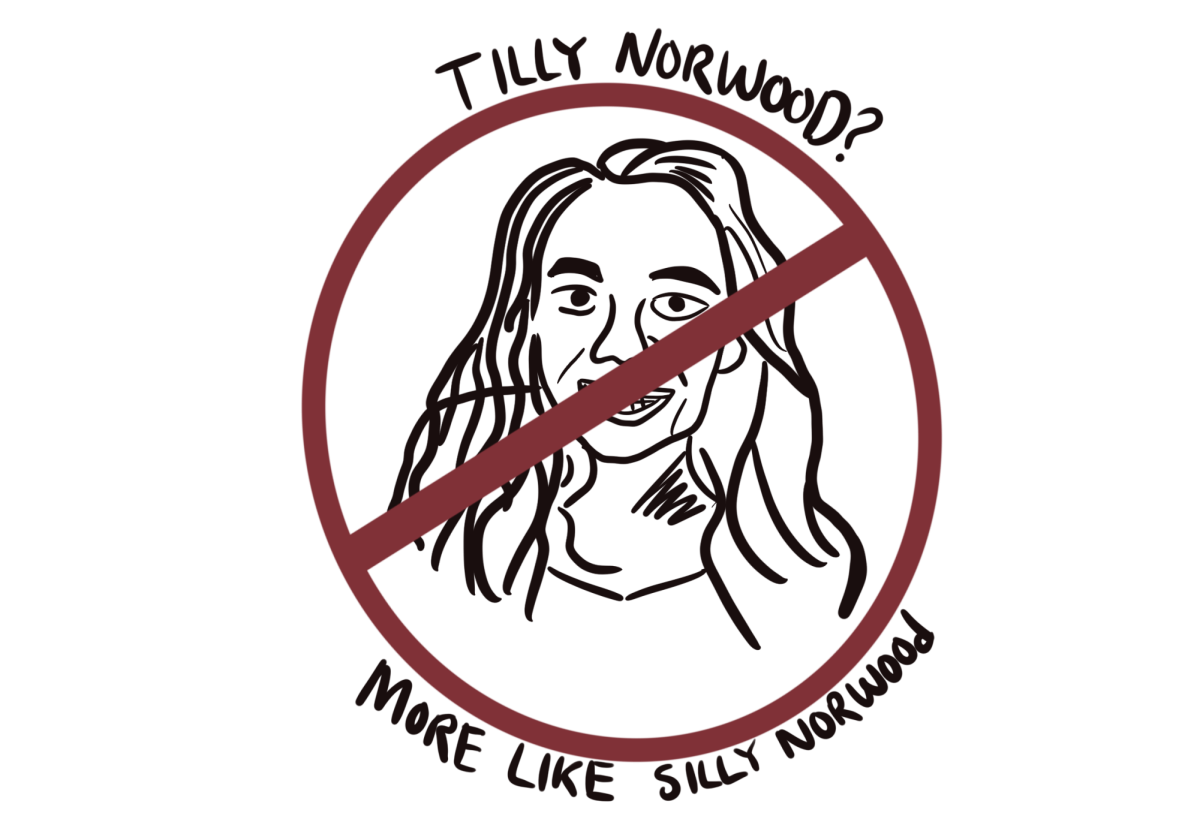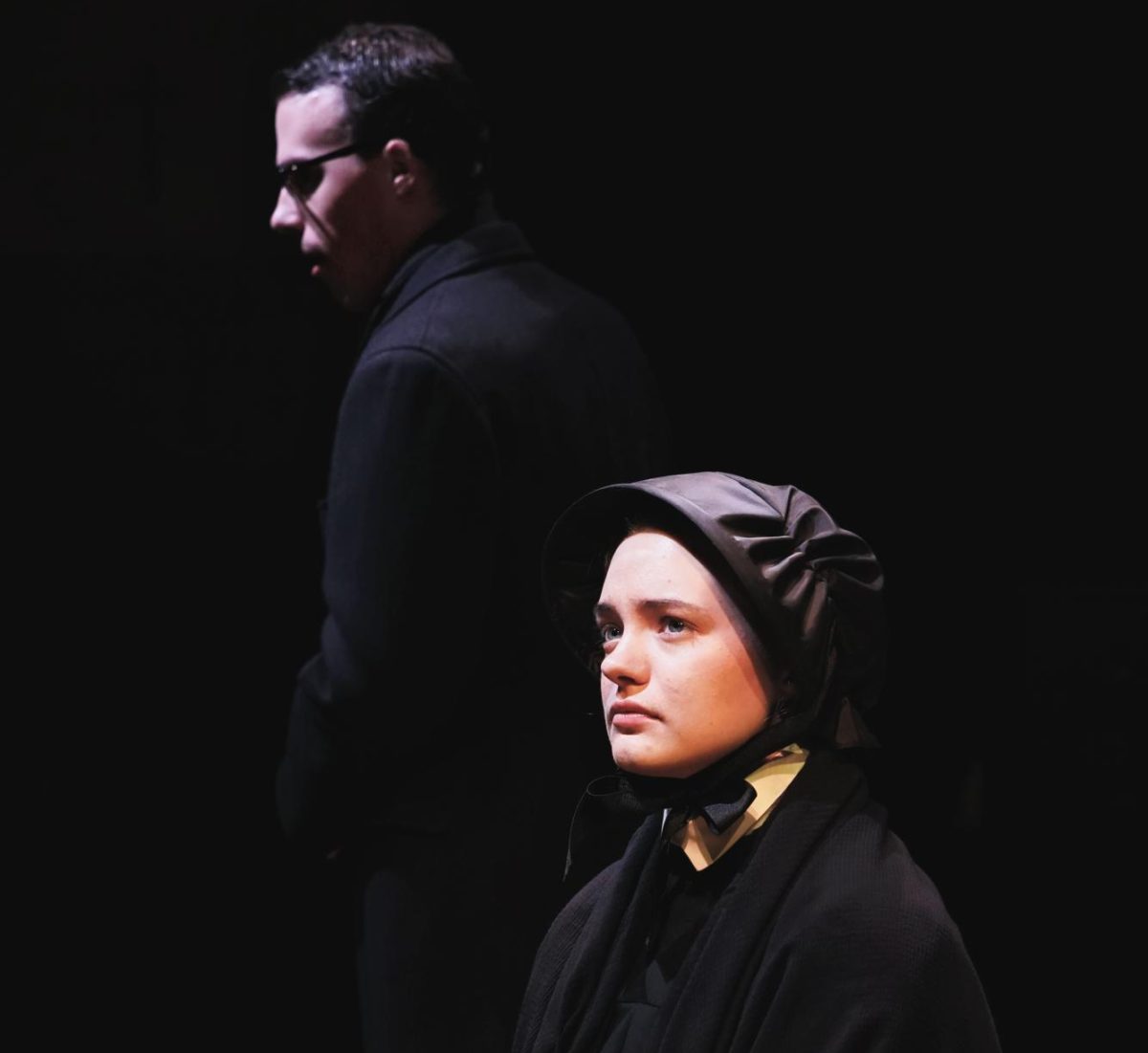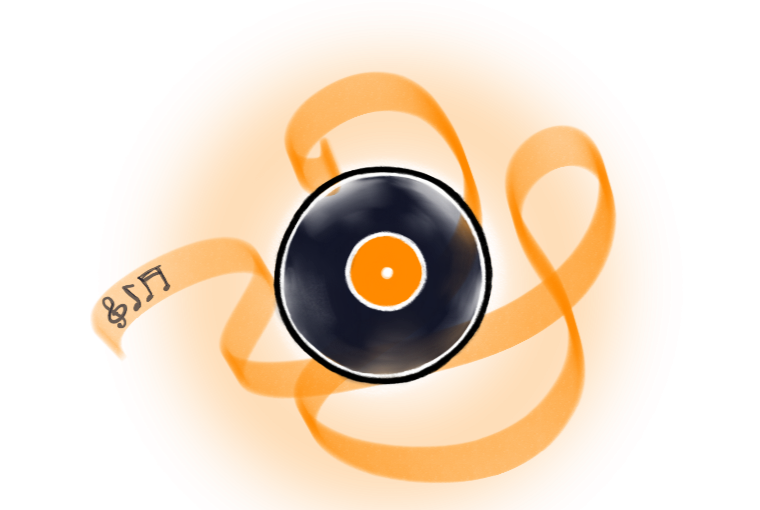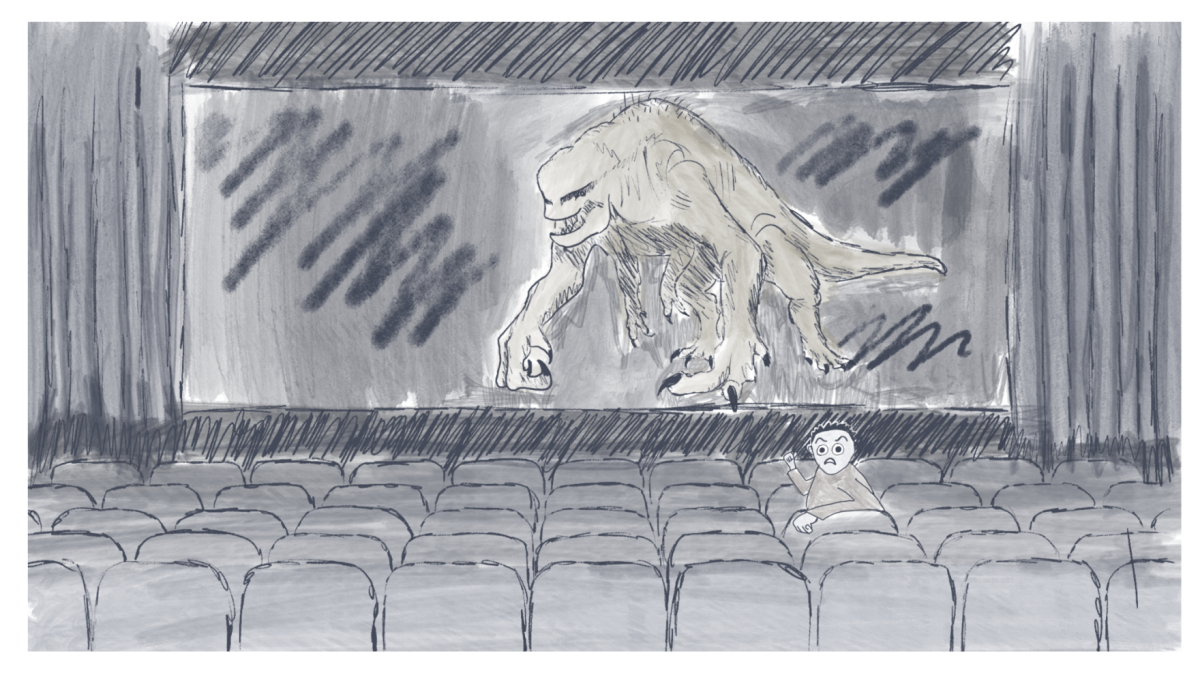Although election season has now passed, I have struggled to pull myself away from its soundtrack. In the few days prior to Nov. 6, I could not help but bump “Don’t Stop” by Fleetwood Mac on high volume. I realize this is not 1992; however, its place in campaign history has solidified its place in many of our hearts. “Don’t Stop” is an uplifting and energizing song reminding listeners to keep moving forward – a poignant message central to Bill Clinton’s 1992 election campaign and one with which he has been associated over the past 20 years.
They may seem a small part of the big event, but campaign songs have been important tools in presidential elections since the mid-19th century. “Tippecanoe and Tyler Too,” written for William Henry Harrison and John Tyler in 1840, is one of the most well-known of these early songs performed in promotion of a presidential ticket. The lyrics were written by Alexander Coffmann Ross and set to the tune of a popular minstrel song at the time, “Little Pigs.” The song remains memorable because of its catchy alliteration and use of Harrison’s nickname, earned at the Battle of Tippecanoe in 1811, and also because it firmly established song as a powerful device used to spread word about candidates.
In the 20th century, those running for office began associating themselves with popular recorded music and strayed from personalized songs. For example, FDR used the popular hit “Happy Days Are Here to Stay” in his 1932 campaign.
Not all songs used in campaigns have retained a positive association. Ross Perot became infamous for choosing to play Patsy Cline’s 1961 recording of “Crazy” while entering his rallies. A country western ballad about heartbreak, it is no wonder Perot received much attention for his choice of campaign song and its title.
Furthermore, several incidents have occurred in which musicians have asked certain candidates to cease using their songs to promote their campaigns. Tom Petty asked George W. Bush to refrain from playing his song “I Won’t Back Down” at events during the 2000 election season. Petty then reportedly performed the song live at Al Gore’s house after receiving news of his loss.
In 2008, vice presidential candidate Sarah Palin attempted to fire up her crowds at events with the Heart song “Barracuda.” She later faced the band’s outrage at her actions as they did not support her campaign. Similarly, Tom Petty, once again, had to draw his music out of the grasp of a candidate he did not support. Michele Bachmann kicked off her campaign for the presidential bid with his song, “American Girl.” Apparently, Bachmann was not the “Girl” Petty had imagined while writing the 1977 tune.
The campaign song tradition continued through this season, with President Obama singing an excerpt of Al Green’s “Let’s Stay Together” at an appearance at the Apollo Theatre in January. This song stuck with him throughout the following months, but following his reelection Tuesday evening, he was appropriately met with cheers and Stevie Wonder’s high-energy funk hit, “Signed, Sealed, Delivered” at Chicago’s McCormick Place Convention Center.
Although campaign songs may no longer be as useful as they were in the mid-19th century, they do remain a staple in the election season and serve as celebratory and energizing tools for candidates. What better way to come together in support of presidential candidates than to sing and dance?





